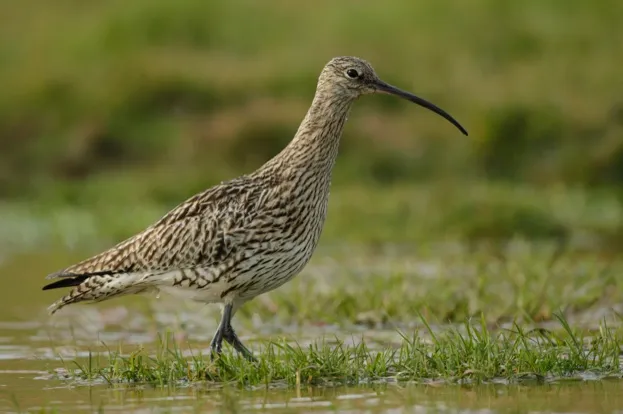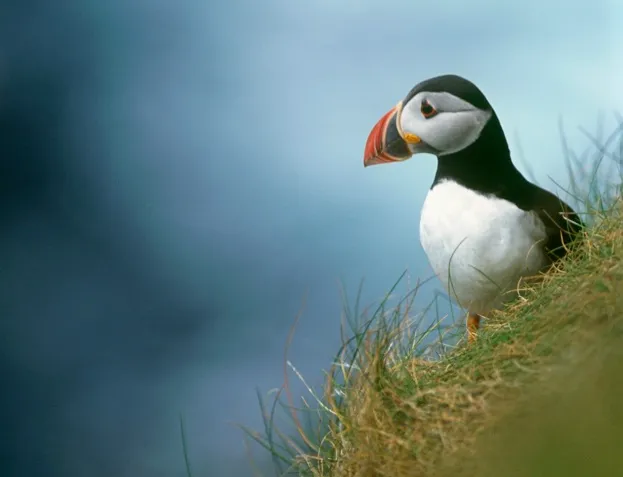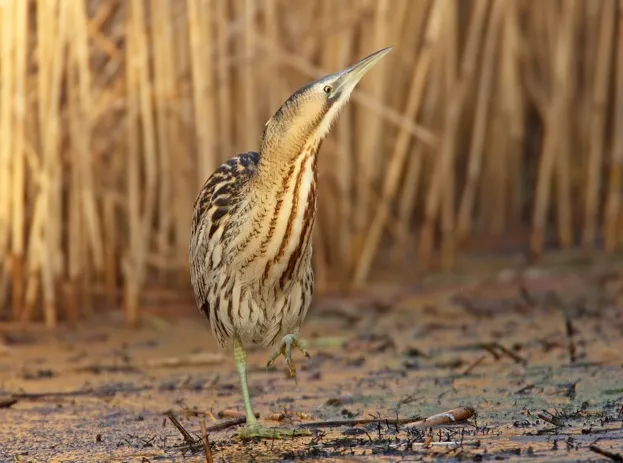The latest update of the State of the UK’s Birds report reveals more than a quarter of UK birds are in urgent need of conservation effort, including the curlew.
“Curlews are instantly recognisable on winter estuaries or summer moors by their striking long, curved beak, long legs and evocative call,” said RSPB’s Dr Daniel Hayhow. “They are one of our most charismatic birds and also one of our most important.”

The curlew is at risk of global extinction © Andy Hay
The wader has 27 per cent of its population in the UK, and has suffered a decline of 64 per cent in the last 45 years.
An International Single Species Action Plan has been created to halt its decline. It aims to understand the key causes of curlew declines and take action to reverse the trend.
In addition to the curlew, other species have also been added to the Red list (birds of conservation concern) bringing the total for this list to 67 species.
A number of species have remained on the Red list, including puffin, house sparrow, lapwing, cuckoo and skylark.

The charismatic puffin is a Red-listed species © Andy Hay. Find out the 10 best places to see a puffin in the British Isles.
However, it is not all bad news as some species have moved either from the Red list to the Amber list, or from the Amber list to the Green list.
Bittern, dunlin and nightjar have all moved from Red to Amber – the latter includes barn owl, little egret, green woodpecker and bearded tit.

Thanks to conservation work, the bittern has moved from being Red-listed to being Amber-listed © Paul Mcmullen
State of the UK’s Birds looks at the population trends and status of birds in the UK and overseas territories.
Find out what the different categories mean:
Red list species meet one or more of these criteria:
• they are considered at threat of global extinction
• they have shown severe historical (since 1800) decline in the UK, without subsequent recovery
• they have shown severe (greater than 50 per cent) population decline or range contraction, over the last 25 years or a longer-term period stretching back to 1969.
Amber list species meet one or more of these criteria:
• they are considered at threat of European extinction
• they have shown historical decline in the UK with some recent recovery
• they have shown moderate (between 25 per cent and 50 per cent) population decline or range contraction over the last 25 years, or a longer-term period stretching back to 1969
• they are rare in the breeding and/or non-breeding season
• they are localised to a few sites
• they have an internationally important population in the UK.
Green list species are those that meet none of the Red or Amber list criteria.
